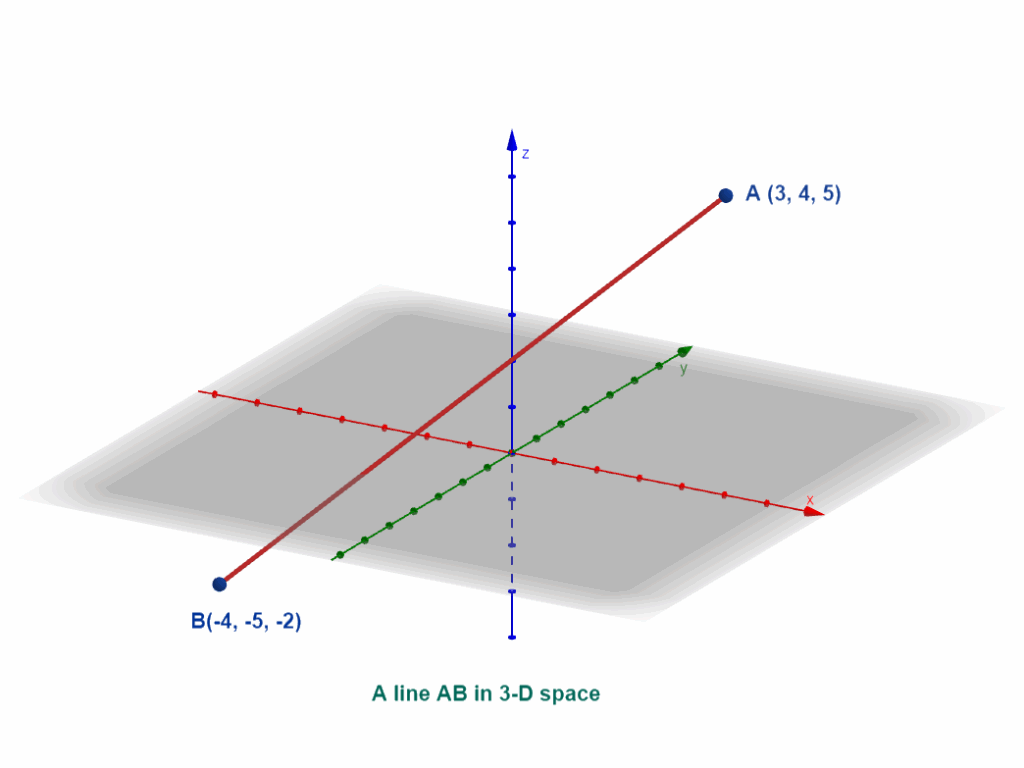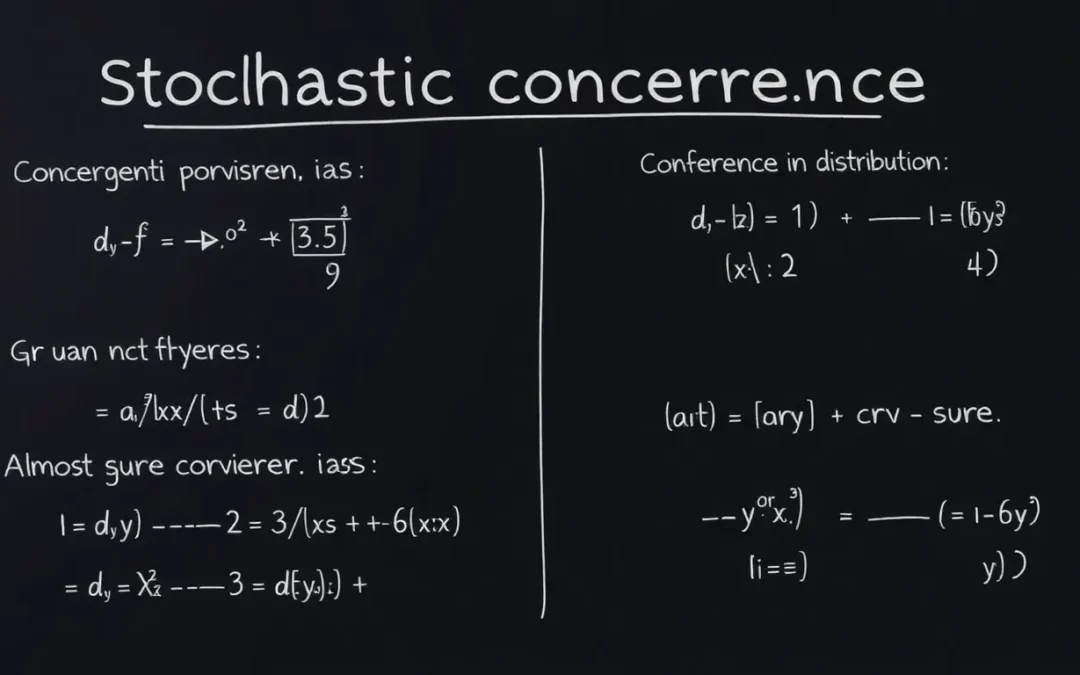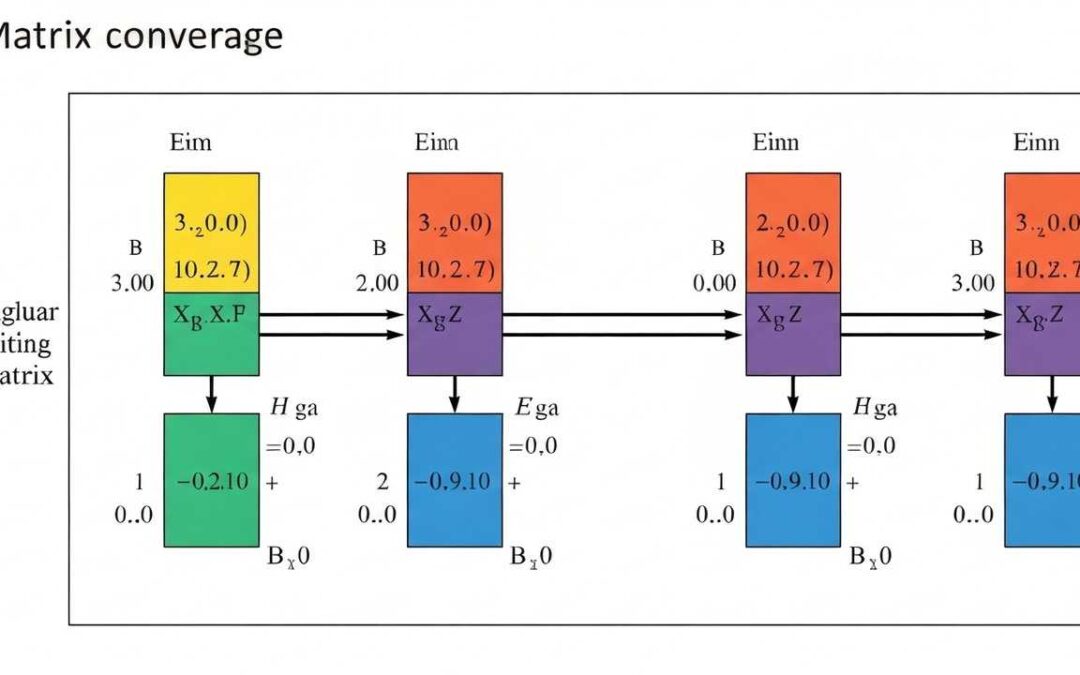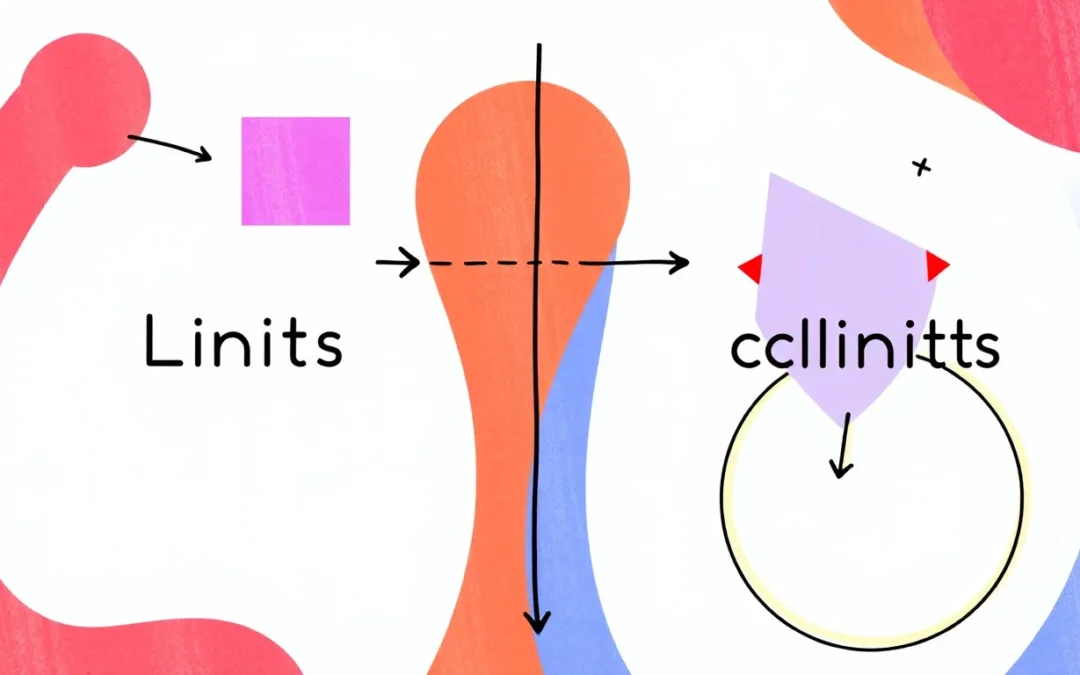This post delves into the fundamental concept of a “line” in mathematics. We will explore its definition, properties, equations, and historical context. Lines are the building blocks of geometry and are essential for understanding various mathematical and scientific concepts. This post aims to provide a comprehensive overview of lines, their characteristics, and their applications, making it suitable for students and anyone interested in mathematics. The understanding of lines is critical for more advanced topics in mathematics and related fields.
Table of Contents
- Line – A Fundamental Concept in Geometry
- Properties and Equations of a Line
- Additional Problems
- Problem 1: Find the equation of a line passing through (0, 0) with a slope of 3.
- Problem 2: Determine the slope of the line ##2x – y = 4##.
- Problem 3: Find the y-intercept of the line ##y = -x + 5##.
- Problem 4: Are the lines ##y = x + 1## and ##y = x – 2## parallel?
- Problem 5: Find the equation of a line passing through (2, 1) and (4, 5).
In geometry, understanding the basics is key, and that begins with the fundamental concept: What is a line? We often take it for granted, but a line is much more than just a mark on a page. It’s a foundational element, a building block upon which we construct more complex shapes and explore intricate mathematical relationships. Therefore, to truly grasp geometry, we need to first define What is a line? and its properties.
More from me
Line – A Fundamental Concept in Geometry
In mathematics, particularly in geometry, a line is a fundamental concept. It is a one-dimensional figure, meaning it has length but no width or thickness. A line extends infinitely in both directions. The concept of a line is an abstraction of the real world, representing a straight path between two points. Lines are used extensively in various fields, from art and architecture to physics and computer graphics. Understanding the properties and equations of lines is crucial for solving a wide range of mathematical problems.

The formal definition of a line often starts with two points. Given any two distinct points, there is one and only one straight line that passes through them. This is one of the fundamental postulates of Euclidean geometry. Lines are characterized by their direction and position in space. They can be horizontal, vertical, or at any angle. Lines are described by their equations, which define the relationship between the coordinates of the points on the line. The study of lines is the foundation for more complex geometric shapes and concepts.
Properties and Equations of a Line
Key Properties of a Line
A line possesses several key properties. Firstly, it is straight; it does not curve or bend. Secondly, it extends infinitely in both directions. Thirdly, it has no endpoints. These properties distinguish a line from other geometric figures like line segments, which have defined endpoints, and curves, which are not straight. Lines are characterized by their slope, which indicates their steepness or inclination, and their intercepts, which are the points where the line crosses the x-axis and y-axis. These properties are essential for defining and analyzing lines mathematically.
Equations of a Line
The equation of a line is a mathematical expression that describes all the points on the line. The most common forms of the equation of a line are: the slope-intercept form, the point-slope form, and the standard form.
The slope-intercept form is given by ##y = mx + b##, where ##m## is the slope and ##b## is the y-intercept.
The point-slope form is given by ##y – y_1 = m(x – x_1)##, where ##(x_1, y_1)## is a point on the line.
The standard form is given by ##Ax + By = C##, where A, B, and C are constants.
These equations allow us to represent and manipulate lines algebraically, making it possible to solve problems involving lines, such as finding the intersection of two lines or determining the distance between a point and a line.
Let’s illustrate with an example.
Consider a line with a slope of 2 and a y-intercept of 3. Using the slope-intercept form, the equation of the line is ##y = 2x + 3##. If we want to find a point on this line, we can choose a value for x, such as x = 1. Then, ##y = 2(1) + 3 = 5##. So, the point (1, 5) lies on the line. Similarly, if we have a line passing through the point (1, 2) with a slope of -1, we can use the point-slope form: ##y – 2 = -1(x – 1)##, which simplifies to ##y = -x + 3##. These equations are powerful tools for describing and working with lines.
Illustrative Examples and Numerical Examples
Let’s explore some numerical examples to solidify our understanding.
Example 1: Find the equation of a line that passes through the points (1, 2) and (3, 6).
First, calculate the slope (m): ##m = \frac{y_2 – y_1}{x_2 – x_1} = \frac{6 – 2}{3 – 1} = \frac{4}{2} = 2##.
Using the point-slope form with the point (1, 2): ##y – 2 = 2(x – 1)##.
Simplifying, we get the slope-intercept form: ##y = 2x##.
Example 2: Find the slope and y-intercept of the line ##3x + 2y = 6##.
Rearrange the equation into slope-intercept form: ##2y = -3x + 6##.
Divide by 2: ##y = -\frac{3}{2}x + 3##.
The slope is ##-\frac{3}{2}##, and the y-intercept is 3.
Example 3: Determine if the lines ##y = 2x + 1## and ##y = -0.5x + 3## are perpendicular.
The slopes are 2 and -0.5. Since ##2 * -0.5 = -1##, the lines are perpendicular.
Additional Problems
Problem 1: Find the equation of a line passing through (0, 0) with a slope of 3.
Using the point-slope form: ##y – 0 = 3(x – 0)##, which simplifies to ##y = 3x##.
Problem 2: Determine the slope of the line ##2x – y = 4##.
Rearrange to slope-intercept form: ##y = 2x – 4##. The slope is 2.
Problem 3: Find the y-intercept of the line ##y = -x + 5##.
The y-intercept is 5 (the constant term).
Problem 4: Are the lines ##y = x + 1## and ##y = x – 2## parallel?
Yes, because they have the same slope (1).
Problem 5: Find the equation of a line passing through (2, 1) and (4, 5).
Calculate slope: ##m = \frac{5-1}{4-2} = 2##. Using point-slope form: ##y – 1 = 2(x – 2)##, simplifying to ##y = 2x – 3##.
We also Published
RESOURCES
- Line (geometry) – Wikipedia
- Line in Math? Definition, Types, Examples, Facts
- Line – A dimension? : r/learnmath
- THE LINE: a revolution in urban living
- What is the difference between a line and a verse in poetry? : r …
- Metro | Bus, Rail, Subway, Bike & Micro in Los Angeles
- What is preferred, line interactive or online UPS – Hardware …
- Lines
- Correct answer: Community Forums – What is a “line?” – Verizon …
- Line Item Guide








0 Comments